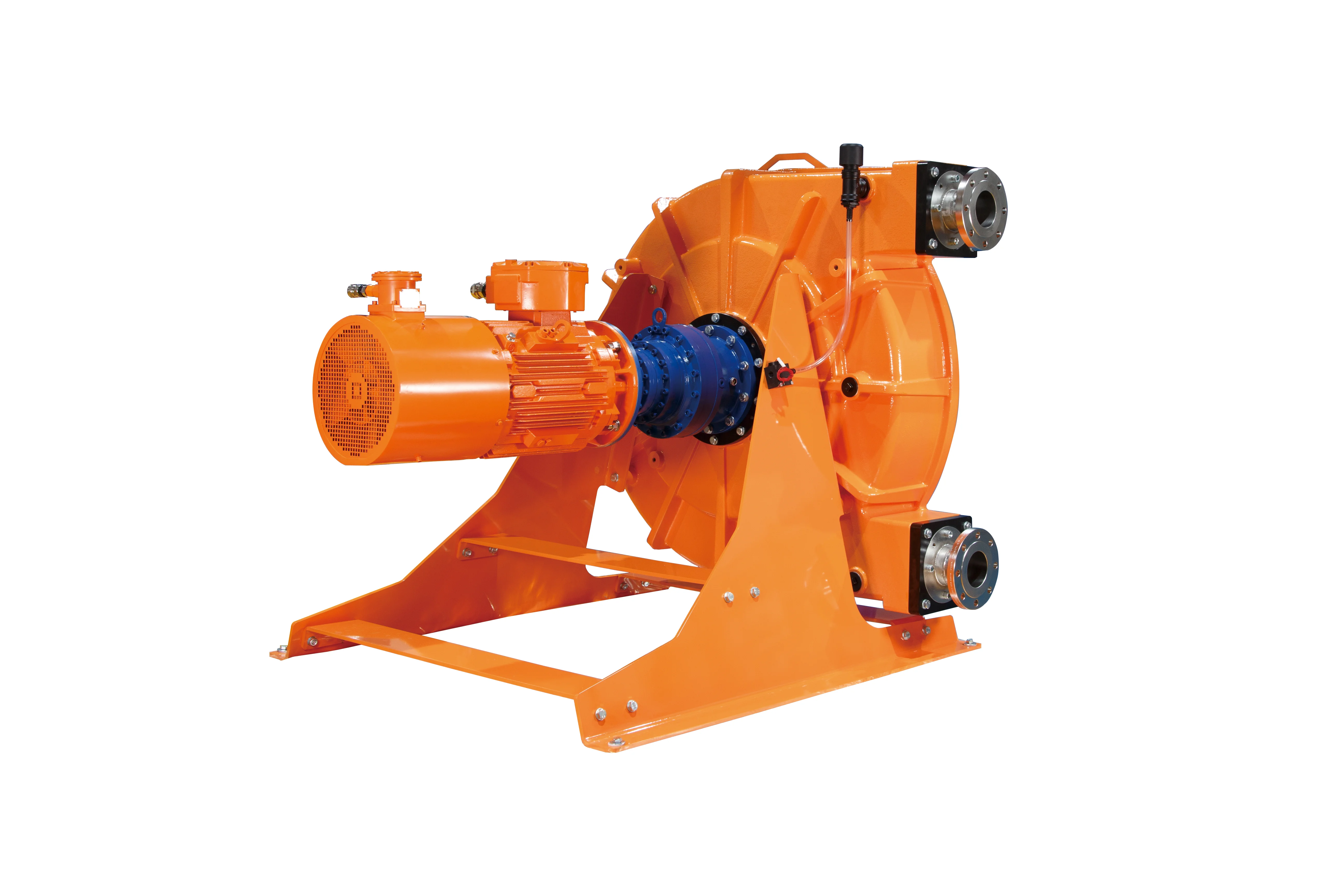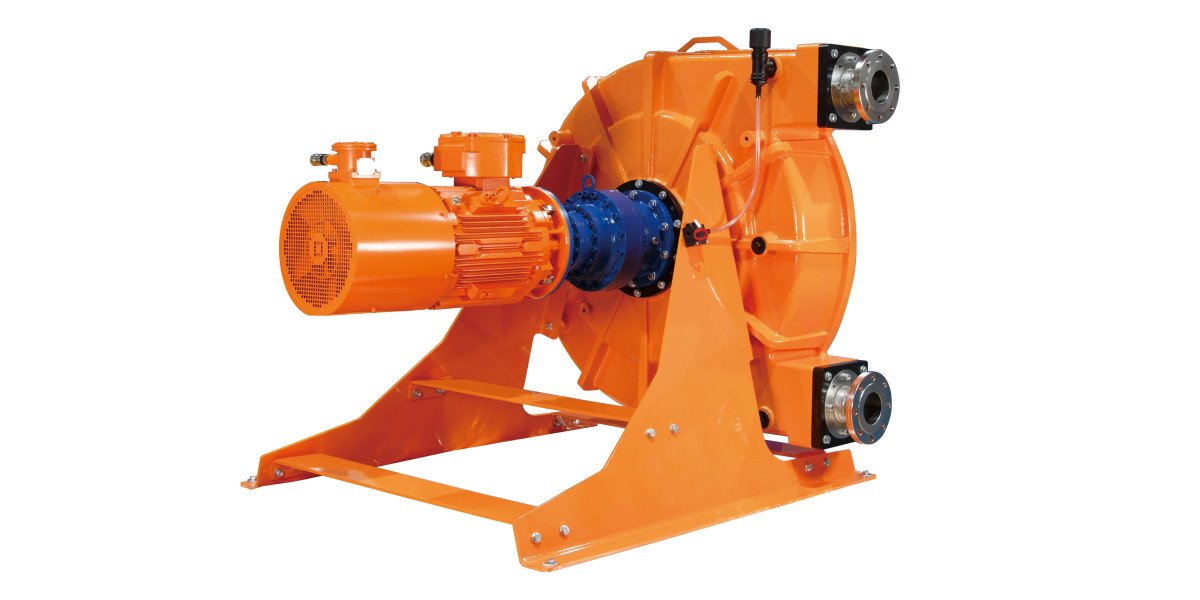Peristaltic pumps have become an integral part of various industries, including laboratories and industrial settings, due to their exceptional pumping capabilities and versatility. Flowell (Shanghai) Industrial is a leading provider of peristaltic pumps, offering a wide range of products designed to meet the diverse needs of different applications.

The Technology Behind Peristaltic Pumps
Peristaltic pumps operate on the principle of positive displacement, where a rotating rotor compresses and decompresses a flexible hose to create a vacuum and draw fluid into the pump. This unique mechanism allows peristaltic pumps to handle a wide range of fluids, including abrasive, viscous, and gaseous media, without the need for valves. The absence of valves not only simplifies the pump design but also enables the gentle conveyance of sensitive fluids, making peristaltic pumps ideal for a variety of metering and pumping tasks.
How Peristaltic Pumps Work
The operation of peristaltic pumps is relatively straightforward yet highly effective. When the pump is in operation, the rotor clamps down on the flexible hose, creating a seal and pushing the fluid in the direction of flow. As the rotor continues to rotate, the hose is released, allowing it to return to its original shape and draw more fluid into the pump. This continuous squeezing and releasing action propels the fluid through the hose, providing a consistent and pulsation-free flow.
The Versatility of Peristaltic Pumps
One of the key advantages of peristaltic pumps is their versatility. They can accommodate a wide range of flow rates and pressures, making them suitable for various applications, from precise laboratory dosing to industrial-scale pumping. Additionally, peristaltic pumps can handle different types of fluids, including corrosive chemicals, shear-sensitive materials, and even solids in suspension, thanks to the diverse range of hose materials available.
The Advantages of Using Peristaltic Pumps
The use of peristaltic pumps offers several advantages across different industries, making them a preferred choice for many pumping and metering tasks. Some of the key benefits include:
1. Gentle Conveyance of Fluids: The squeezing action of the flexible hose in peristaltic pumps allows for the gentle conveyance of fluids, making them suitable for shear-sensitive and delicate materials.
2. Pulsation-Free Flow: Peristaltic pumps provide a smooth and consistent flow, free from pulsations, which is crucial for applications requiring precise dosing and accurate flow control.
3. Minimal Maintenance: With no valves or seals in contact with the pumped fluid, peristaltic pumps require minimal maintenance, reducing downtime and operational costs.
4. Compatibility with a Wide Range of Fluids: The availability of different hose materials enables peristaltic pumps to handle a diverse range of fluids, including aggressive chemicals, abrasive slurries, and high-viscosity liquids.
5. Contamination-Free Operation: The fluid is contained within the hose, preventing contact with the pump components and ensuring contamination-free operation, making peristaltic pumps suitable for hygienic and sterile applications.
Applications of Peristaltic Pumps
Peristaltic pumps find applications across various industries, owing to their versatility and reliability. Some common applications include:
1. Laboratory and Research: Peristaltic pumps are widely used in laboratories for precise dosing of reagents, media transfer in cell culture, chromatography, and other analytical techniques.
2. Pharmaceutical and Biotechnology: In pharmaceutical and biotechnology processes, peristaltic pumps are employed for the gentle transfer of sensitive drugs, sterile filtration, and filling operations.
3. Chemical Processing: Peristaltic pumps are utilized for metering and transferring corrosive chemicals, acids, and solvents in chemical processing plants, where the compatibility of materials is crucial.
4. Food and Beverage: The hygienic operation of peristaltic pumps makes them suitable for handling food and beverage products, such as flavorings, additives, and ingredients, without the risk of contamination.
5. Water and Wastewater Treatment: Peristaltic pumps are used for dosing chemicals, such as disinfectants and coagulants, in water and wastewater treatment processes, where accurate and reliable pumping is essential.
In conclusion, peristaltic pumps have revolutionized pumping and metering tasks in various industries, offering a reliable and versatile solution for handling a wide range of fluids. Flowell (Shanghai) Industrial's commitment to delivering high-quality peristaltic pumps with an extensive pump capacity range and compatibility with diverse hose materials further enhances the effectiveness and applicability of this technology. With their gentle conveyance, pulsation-free flow, and minimal maintenance requirements, peristaltic pumps continue to be a preferred choice for critical pumping applications across different sectors.








